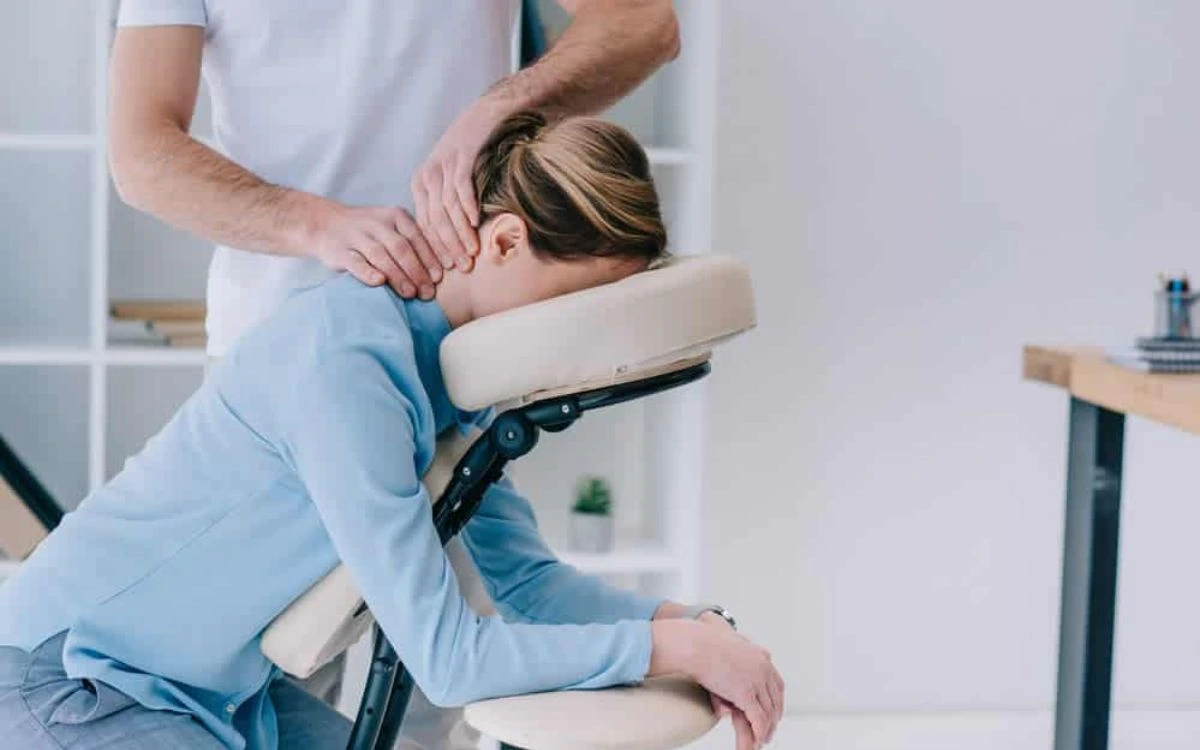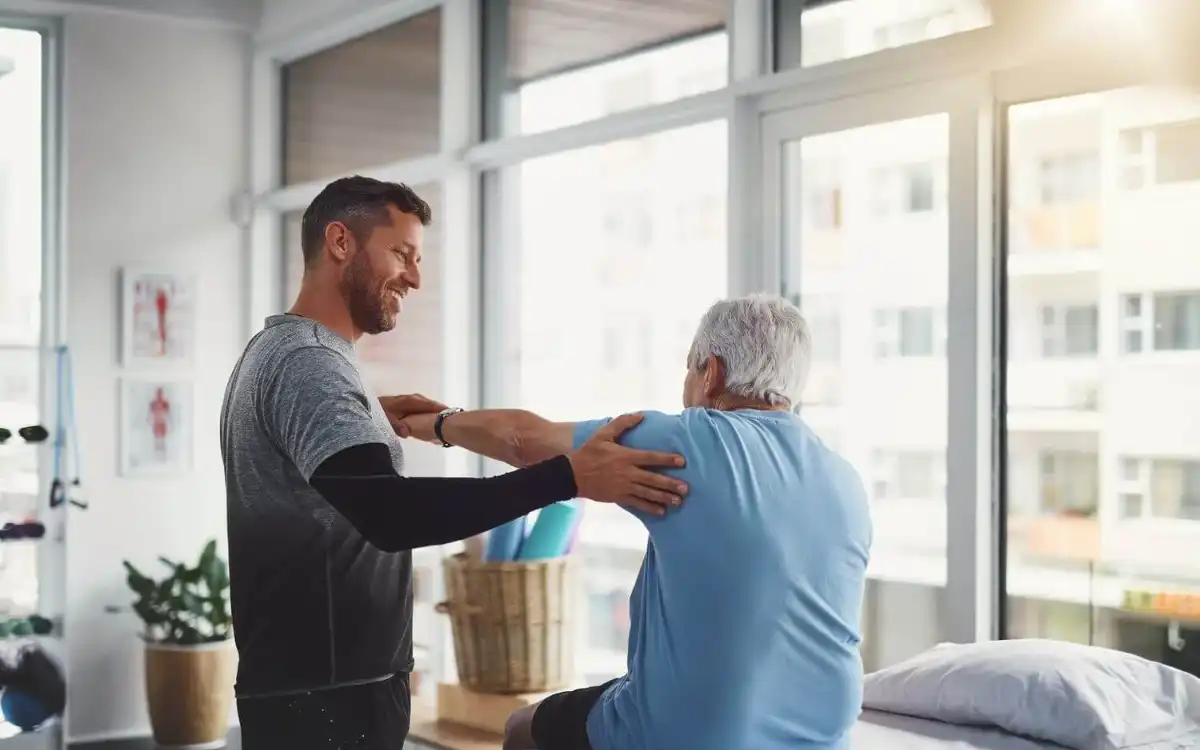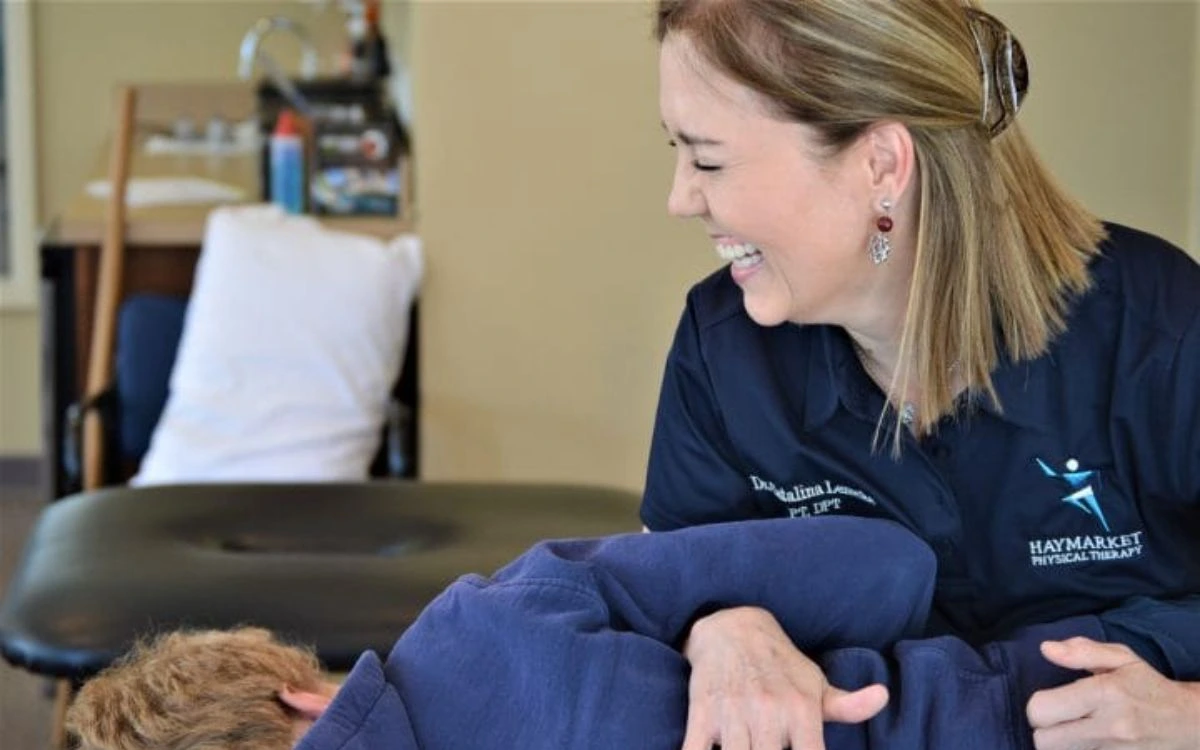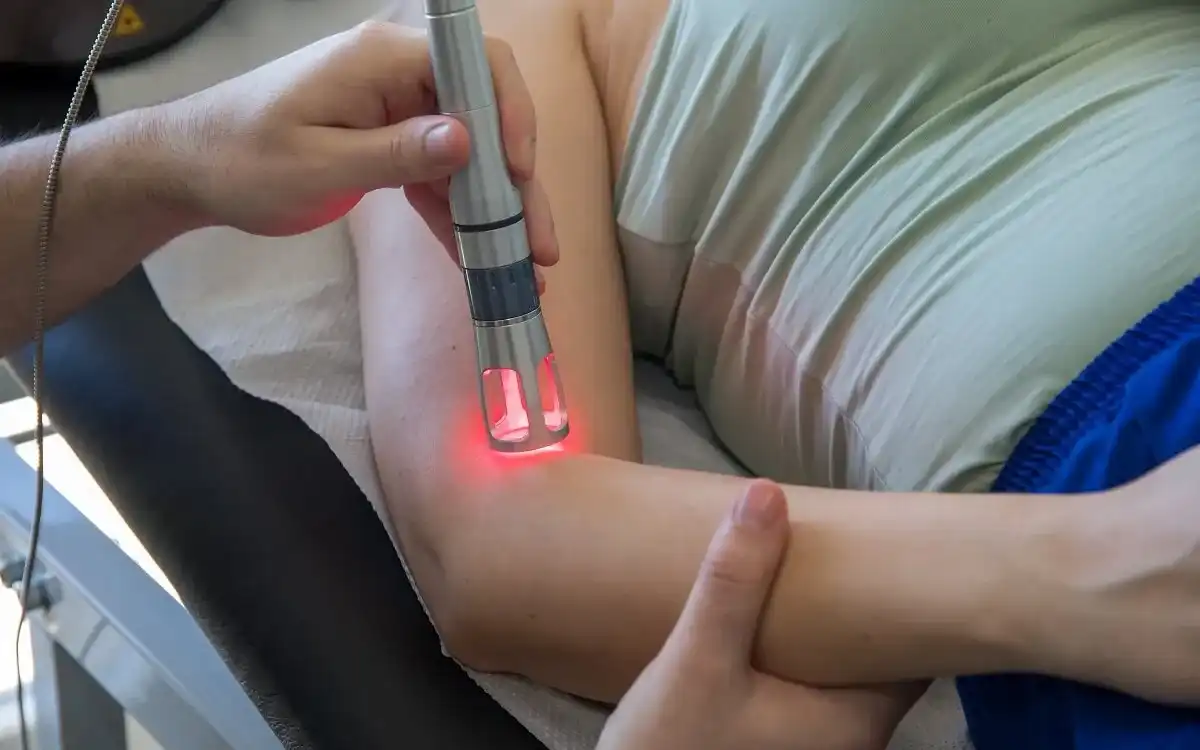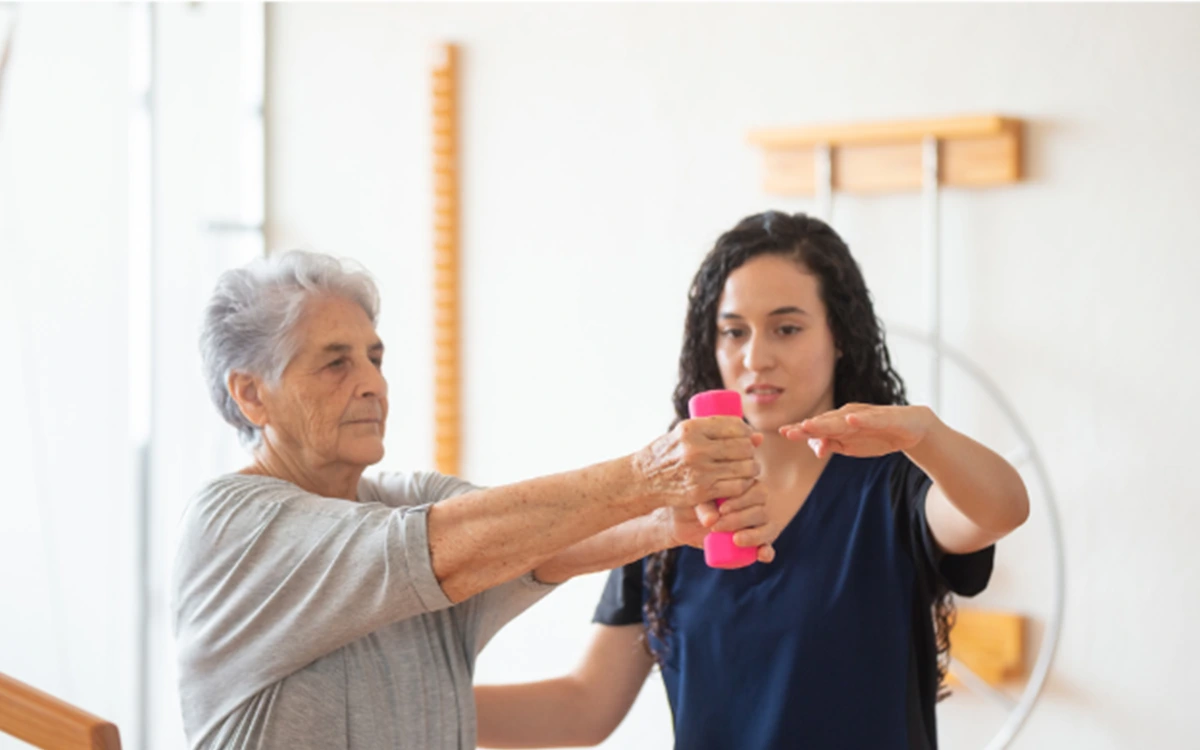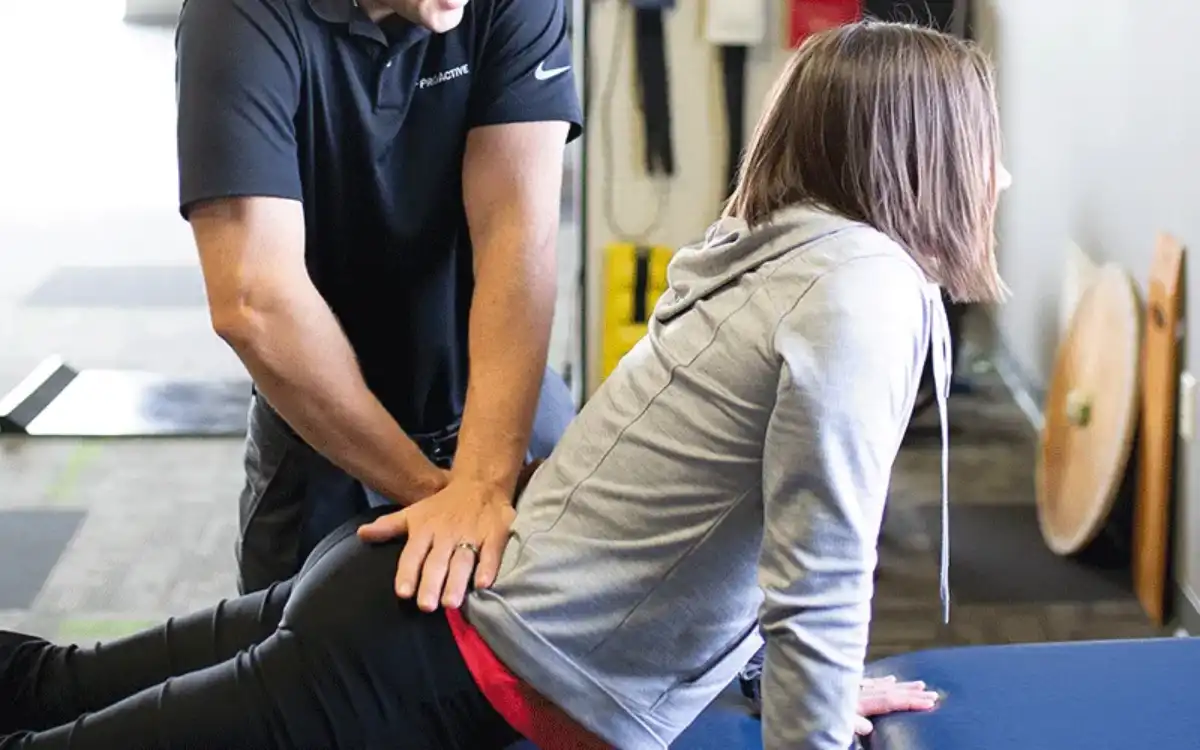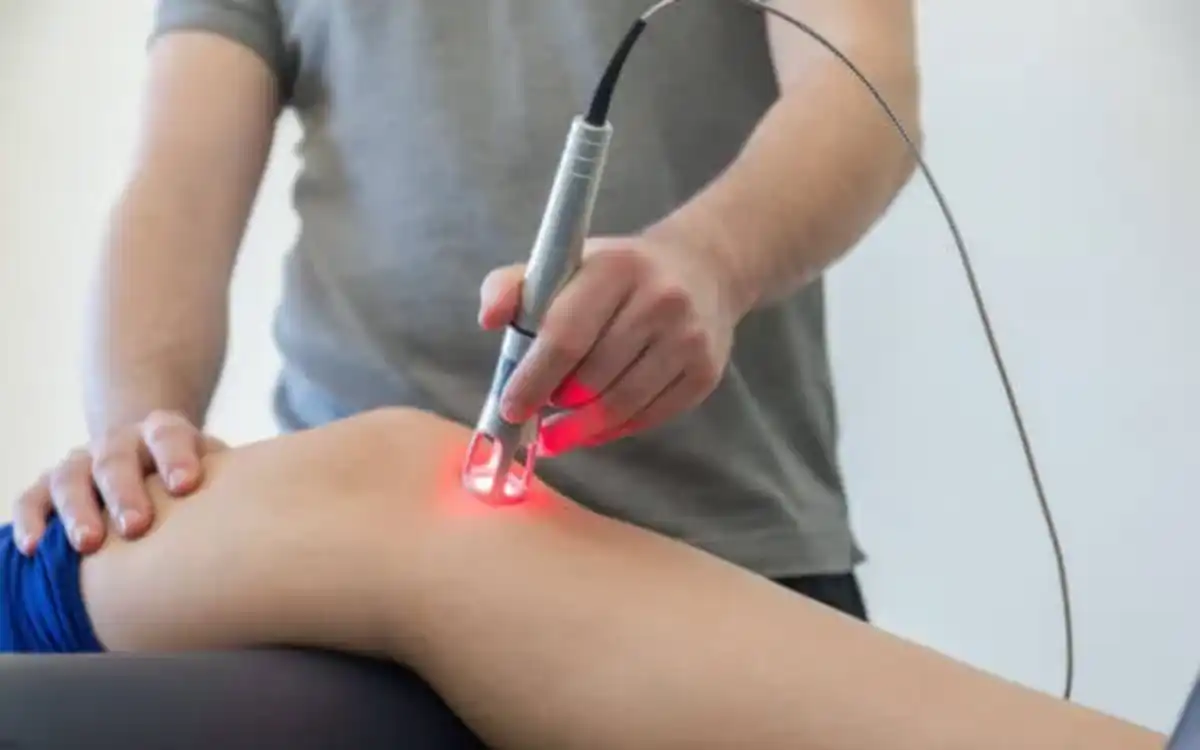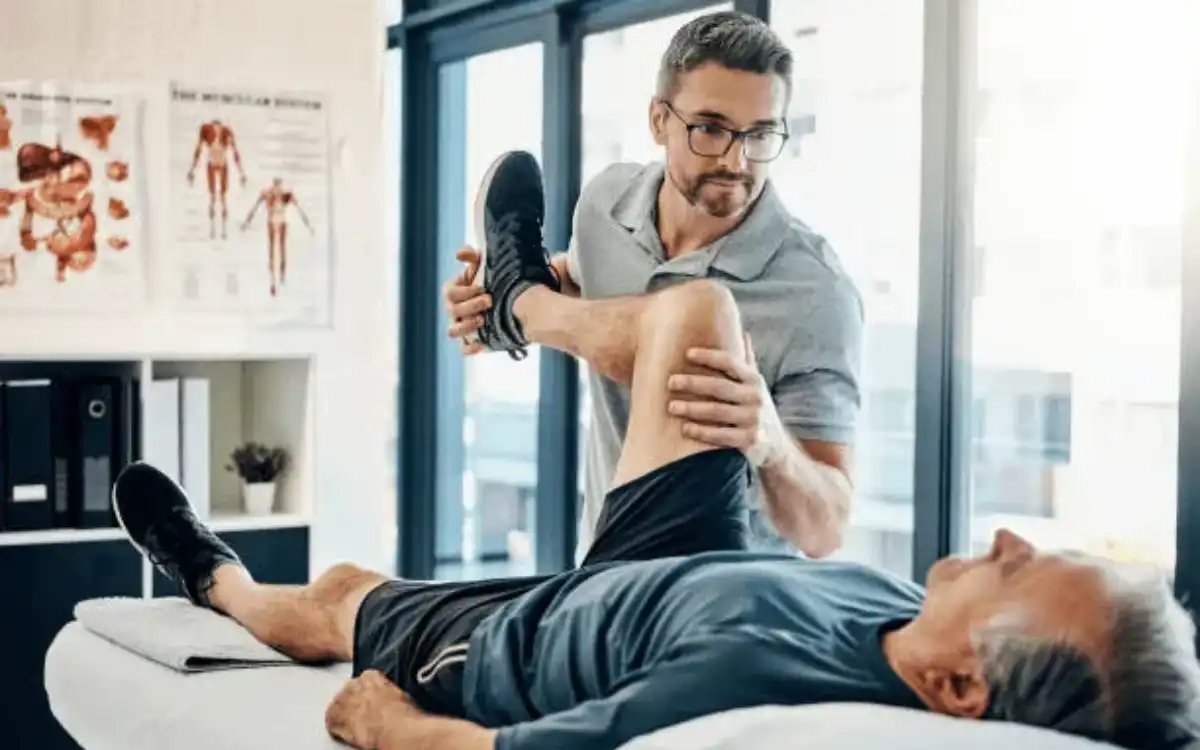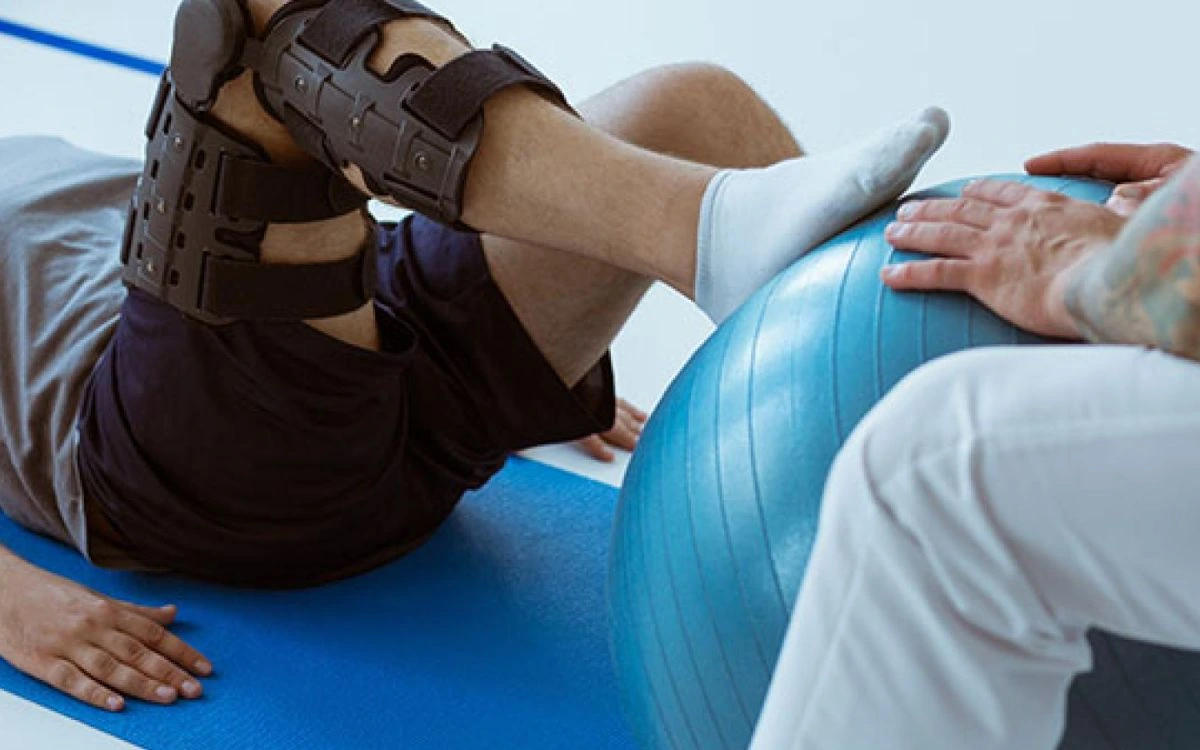OVERVIEW
Shoulder Instability
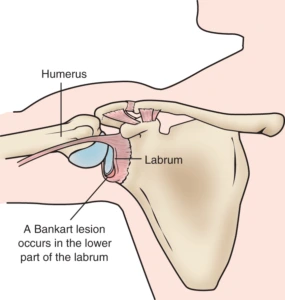
Shoulder instability is when the shoulder moves out of its socket completely (dislocation). A medical professional must “relocate” it. Subluxation, where it slips out from the joint but then spontaneously moves back in place, is a lesser form of shoulder instability. The anterior dislocation is when the shoulder moves forward or subluxes. It can also dislocate backward (posterior) and slip outward, backward or downward (multidirectional instability). You may still have an unstable shoulder, even if it has dislocated completely.
An anterior dislocation of the shoulder is more common when the arm is in an abducted or externally rotated position (e.g., falling on the outstretched hands or tackling a person).
An anterior dislocation is easily noticed because it occurs immediately after trauma. Minor instability can cause the shoulder to feel sluggish, with or without pain. You might feel pain or “apprehension” if the arm is taken and externally rotated. Ask your physical therapist.
An emergency is a sudden dislocation. To ensure that there are no blood vessels or nerve damage to the arm, shoulder, or hand, the patient should immediately be taken to an emergency room. The emergency room physician will usually be able to move the arm so that the shoulder is reattached. Surgery is rarely necessary. Often, pain and muscle relaxant medication are prescribed. The pain can be reduced with ice. To strengthen the muscles supporting the shoulder joint, physical therapy is often started within two weeks of a dislocation.
TREATMENT
Possible Treatments
- Active Assistive Range of Motion
- Aerobic/Endurance Exercise
- Core Strengthening
- Cryotherapy or Cold Therapy
- Electrotherapeutic Modalities
- Isometric Exercise
- Proprioceptive Neuromuscular Facilitation (PNF)
- Posture Training
- Proprioception Exercises
- Physical Agents
- Shoulder Active Range of Motion
- Shoulder Joint Mobilization
- Shoulder Passive Range of Motion
- Shoulder Resistive Range of Motion
- Soft Tissue Mobilization
GOALS
Possible Treatment Goals
- Decrease Risk of Reoccurrence
- Improve Fitness
- Improve Function
- Optimize Joint Alignment
- Improve Muscle Strength and Power
- Increase Oxygen to Tissues
- Improve Proprioception
- Decrease Postoperative Complications
- Improve Relaxation
- Self-care of Symptoms
- Improve Safety
- Improve Tolerance for Prolonged Activities

